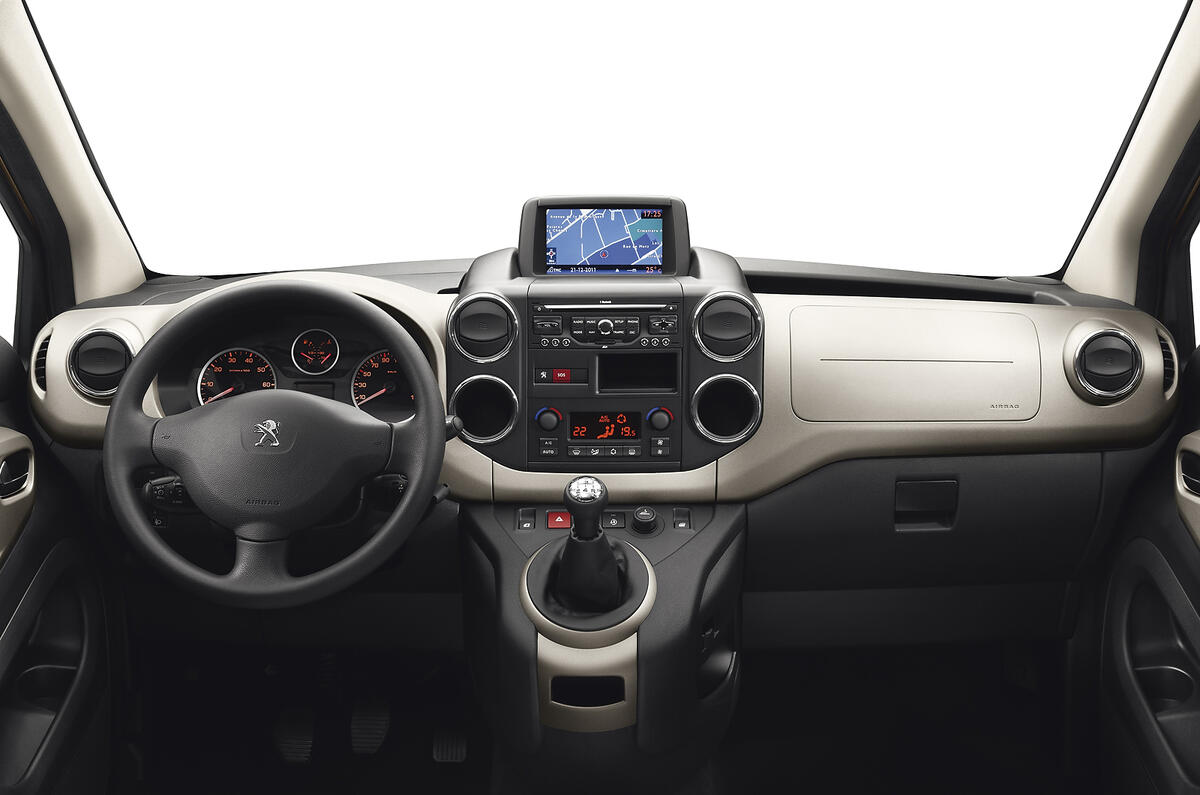Cargo Van & Expedited Cargo Van / Sprinter Van / Expedited We’re passing by all the competition, and we have hundreds of driving opportunities for both cargo van and sprinter van drivers for expedited freight. 18 Shuttle Van Driver jobs hiring near me. Browse Shuttle Van Driver jobs and apply online. Search Shuttle Van Driver to find your next Shuttle Van Driver job near me. Driver Booster is a convenient driver updater for you. It can help detect and update outdated drivers efficiently. Plus, the scanning speed of this driver updater has been improved by almost 100%, which saves you more time to acquire your driver. Delivery Driver for Amazon Delivery Service Partners Shifts: Morning, afternoon, weekday and/or weekend Location: DMD5 - 2100 Van Deman St; Baltimore; MD Compensation: Starting pay $16.0.
Monday, Jul 23rd, 2018
Many employers, schools, churches, and other groups choose to transport passengers using twelve- to fifteen-passenger vans. While these passenger vans are convenient and often affordable, many organizations don’t realize that they pose special safety hazards. Some companies and drivers treat largepassenger vans like standard cars and trucks, but this mindset puts the driver and passengers at an unnecessary risk of serious injury or death. A study by the National Highway Traffic Safety Administration (NHTSA) found that in a twelve-year period, 1,576 fifteen-passenger vans were involved in fatal crashes. A total of 1,111 fifteen-passenger van occupants died in these crashes.
Passenger Vans Versus Traditional Vehicles
Passenger vans don’t drive like typical minivans or trucks. A fifteen-passenger van is substantially longer and wider than a car. Drivers must use more space to maneuver the vehicle and must rely heavily on their side-view mirrors when turning or changing lanes. Passenger vans take longer to accelerate and brake than other vehicles, which can make merging onto highways and coming to stops more difficult. Passenger vans have a markedly higher center of gravity than typical cars, which increases the risk of a rollover accident. This risk further increases if the driver makes fast, tight turns, or if passengers and cargo are improperly loaded in the van. Because of these risks, some states and companies require passenger van drivers to have a commercial driver’s license (CDL) or take special training.
Loading Recommendations
Because passenger vans have a high center of gravity, drivers must take particular care when loading passengers and cargo. Weight should be evenly distributed on the left and right sides of the vehicle, and weight should only be placed behind the rear axle if all other spots in the vehicle are fully loaded. Improper loading could throw the vehicle’s center of gravity off balance and significantly increase the risk of a rollover. To keep the center of gravity properly balanced:
- Don’t load passengers or cargo only on one side of the vehicle
- Don’t allow passengers to sit behind the rear axle unless all other seats are filled
- Never load cargo on top of the vehicle
- Don’t make overly fast or sharp turns
Safety Considerations

When operating a passenger van, keep the following potential hazards in mind:
- Due to their flat sides, passenger vans are particularly vulnerable to crosswinds
- The driver’s seat generally sits above the front axle, which changes the driver’s perspective compared to the perspective in a traditional car
- Passenger vans cannot steer as tightly as typical vehicles
- Passenger vans have a large turning radius
- Many passenger vans do not have rear-view mirrors
- Passenger vans have significantly larger blind spots than traditional cars
Tire Maintenance
One of the most common causes of passenger van rollovers is tire failure. Because passenger vans are often loaded with plenty of weight and travel long distances, their tires can quickly become worn, damaged, or under inflated. To avoid a tire blowout or rollover, drivers should check their tires for damage and verify that they’re properly inflated before every trip. The NHTSA recommends replacing tires on passenger vans every six years.
Summary
Passenger vans should never be treated like traditional cars, trucks, or minivans. Drivers should be aware of safety risks and preventative measures when driving a passenger van, especially a fifteen-passenger van. Drivers should take care to have extra space when accelerating, braking, turning and parking. Drivers should always balance passengers and cargo equally on the left and right sides of the van and should load the van from front to back. Passengers and cargo should never be placed behind the rear axle unless all other seats have been filled, and tires should be checked before every trip.
For further information, follow these links:
Passenger Van Safety
15-Passenger Vans
Top Priority: Tire Safety
15-Passenger Van Awareness Program
Safety is not a Luxury: Understanding the Risks of Passenger Vans
SafetySkills covers these topics and more in our Passenger Van Driver Safety course. Interested in more SafetySkills online safety training content?
Labels:
Colleges & Universities
Informational Articles
Municipalities
Other/General Industry
Related Posts
Due Diligence for Canadian Workers
Across Canada, employers and employees rely on due diligence to ensure everyone is working toward the same goal: going…
Read moreATV and UTV Safety
All-terrain vehicles and utility vehicles, or ATVs and UTVs, are popular for outdoor activities like hunting, fishing and trail…
Read moreFatal Occupational Injuries Rose in 2019, Newly Released Data Shows
On December 16, the Bureau of Labor Statistics (BLS) released their final report summarizing the 2019 National Census of…
Read more
Monday, Jul 23rd, 2018
Many employers, schools, churches, and other groups choose to transport passengers using twelve- to fifteen-passenger vans. While these passenger vans are convenient and often affordable, many organizations don’t realize that they pose special safety hazards. Some companies and drivers treat largepassenger vans like standard cars and trucks, but this mindset puts the driver and passengers at an unnecessary risk of serious injury or death. A study by the National Highway Traffic Safety Administration (NHTSA) found that in a twelve-year period, 1,576 fifteen-passenger vans were involved in fatal crashes. A total of 1,111 fifteen-passenger van occupants died in these crashes.
Passenger Vans Versus Traditional Vehicles
Passenger vans don’t drive like typical minivans or trucks. A fifteen-passenger van is substantially longer and wider than a car. Drivers must use more space to maneuver the vehicle and must rely heavily on their side-view mirrors when turning or changing lanes. Passenger vans take longer to accelerate and brake than other vehicles, which can make merging onto highways and coming to stops more difficult. Passenger vans have a markedly higher center of gravity than typical cars, which increases the risk of a rollover accident. This risk further increases if the driver makes fast, tight turns, or if passengers and cargo are improperly loaded in the van. Because of these risks, some states and companies require passenger van drivers to have a commercial driver’s license (CDL) or take special training.

Loading Recommendations
Because passenger vans have a high center of gravity, drivers must take particular care when loading passengers and cargo. Weight should be evenly distributed on the left and right sides of the vehicle, and weight should only be placed behind the rear axle if all other spots in the vehicle are fully loaded. Improper loading could throw the vehicle’s center of gravity off balance and significantly increase the risk of a rollover. To keep the center of gravity properly balanced:
- Don’t load passengers or cargo only on one side of the vehicle
- Don’t allow passengers to sit behind the rear axle unless all other seats are filled
- Never load cargo on top of the vehicle
- Don’t make overly fast or sharp turns
Safety Considerations
When operating a passenger van, keep the following potential hazards in mind:
Drivers Van With Passenger Seats
- Due to their flat sides, passenger vans are particularly vulnerable to crosswinds
- The driver’s seat generally sits above the front axle, which changes the driver’s perspective compared to the perspective in a traditional car
- Passenger vans cannot steer as tightly as typical vehicles
- Passenger vans have a large turning radius
- Many passenger vans do not have rear-view mirrors
- Passenger vans have significantly larger blind spots than traditional cars
Tire Maintenance
One of the most common causes of passenger van rollovers is tire failure. Because passenger vans are often loaded with plenty of weight and travel long distances, their tires can quickly become worn, damaged, or under inflated. To avoid a tire blowout or rollover, drivers should check their tires for damage and verify that they’re properly inflated before every trip. The NHTSA recommends replacing tires on passenger vans every six years.
Summary
Passenger vans should never be treated like traditional cars, trucks, or minivans. Drivers should be aware of safety risks and preventative measures when driving a passenger van, especially a fifteen-passenger van. Drivers should take care to have extra space when accelerating, braking, turning and parking. Drivers should always balance passengers and cargo equally on the left and right sides of the van and should load the van from front to back. Passengers and cargo should never be placed behind the rear axle unless all other seats have been filled, and tires should be checked before every trip.
For further information, follow these links:
Passenger Van Safety
15-Passenger Vans
Top Priority: Tire Safety
15-Passenger Van Awareness Program
Safety is not a Luxury: Understanding the Risks of Passenger Vans
SafetySkills covers these topics and more in our Passenger Van Driver Safety course. Interested in more SafetySkills online safety training content?
Labels:
Colleges & Universities
Informational Articles
Municipalities
Other/General Industry
Related Posts
Due Diligence for Canadian Workers
Across Canada, employers and employees rely on due diligence to ensure everyone is working toward the same goal: going…
Read moreATV and UTV Safety
All-terrain vehicles and utility vehicles, or ATVs and UTVs, are popular for outdoor activities like hunting, fishing and trail…
Read moreFatal Occupational Injuries Rose in 2019, Newly Released Data Shows
Small Van Drivers Needed
On December 16, the Bureau of Labor Statistics (BLS) released their final report summarizing the 2019 National Census of…
Driver Van Jobs
Read more



